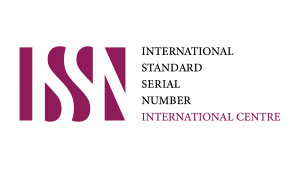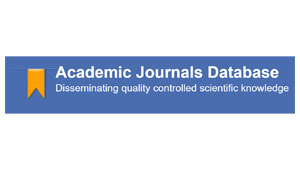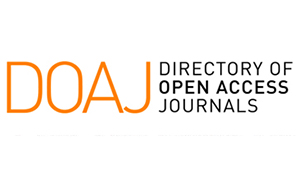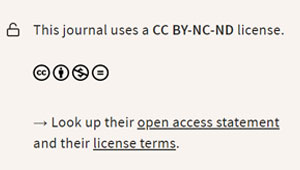Judith Petronila Ascencio Gonzáles, Joel Alberto Ascencio Gonzáles, Yesenia Mercedes Quintana Pizarro, Víctor Augusto Gonzáles Soto
DOI: 10.59427/rcli/2024/v24cs.833-842
The present study arises as a response to the reading comprehension problems faced by students in a rural secondary educational institution. The problem is reflected in the low levels of achievement obtained in national assessments compared to scores from other contexts. The objective of the research is to propose a model for the use of digital texts in the reading comprehension skills of students at their different reading levels. It is based on a quantitative approach and the data obtained are expressed numerically and subjected to statistical analysis. The research has a purposeful descriptive design, with a control group made up of 38 secondary school students from the rural area. The results show the incidence of the application of digital texts to the students in the control group, showing that they improve their reading comprehension with greater significance at the inferential level, unlike those who use printed texts. On the other hand, at the literal level the results are indifferent. After implementing the strategy, it is concluded that students who use digital texts obtained favorable performance, while students who continue to use printed texts obtained basic performance.
Pág 833-842, 31 En








